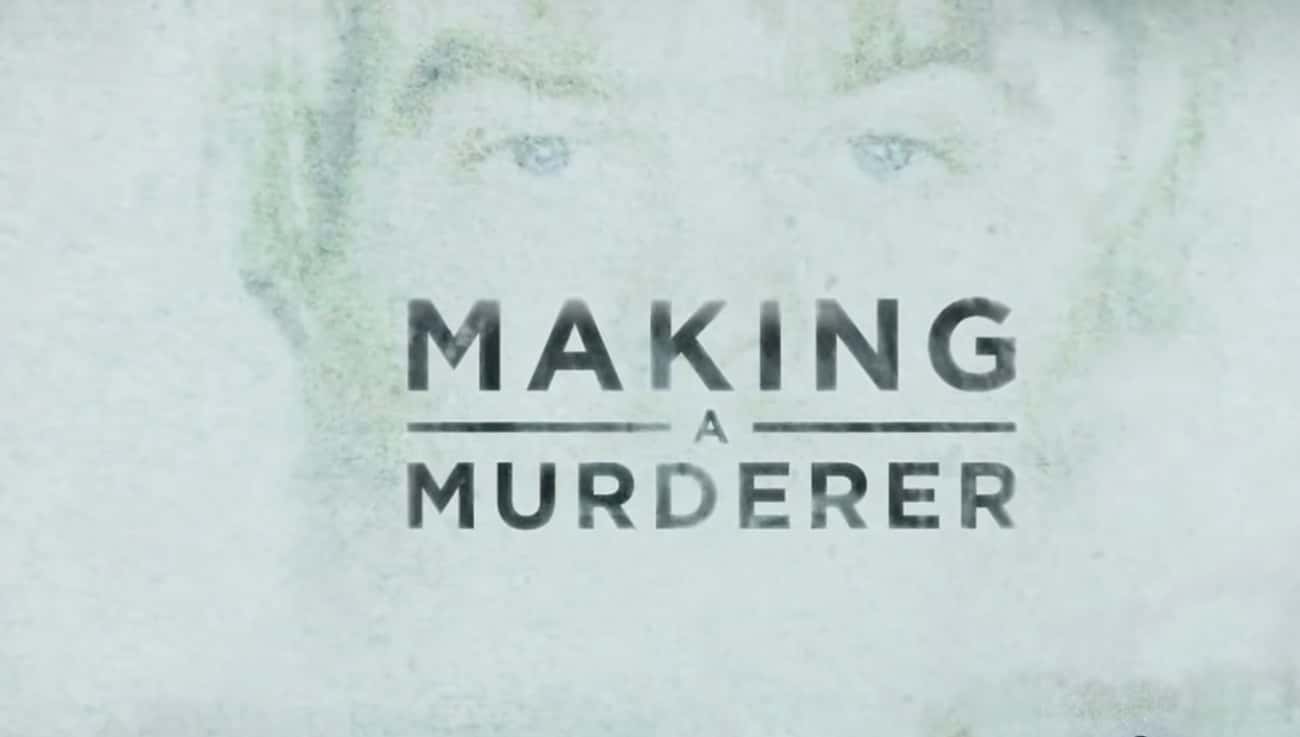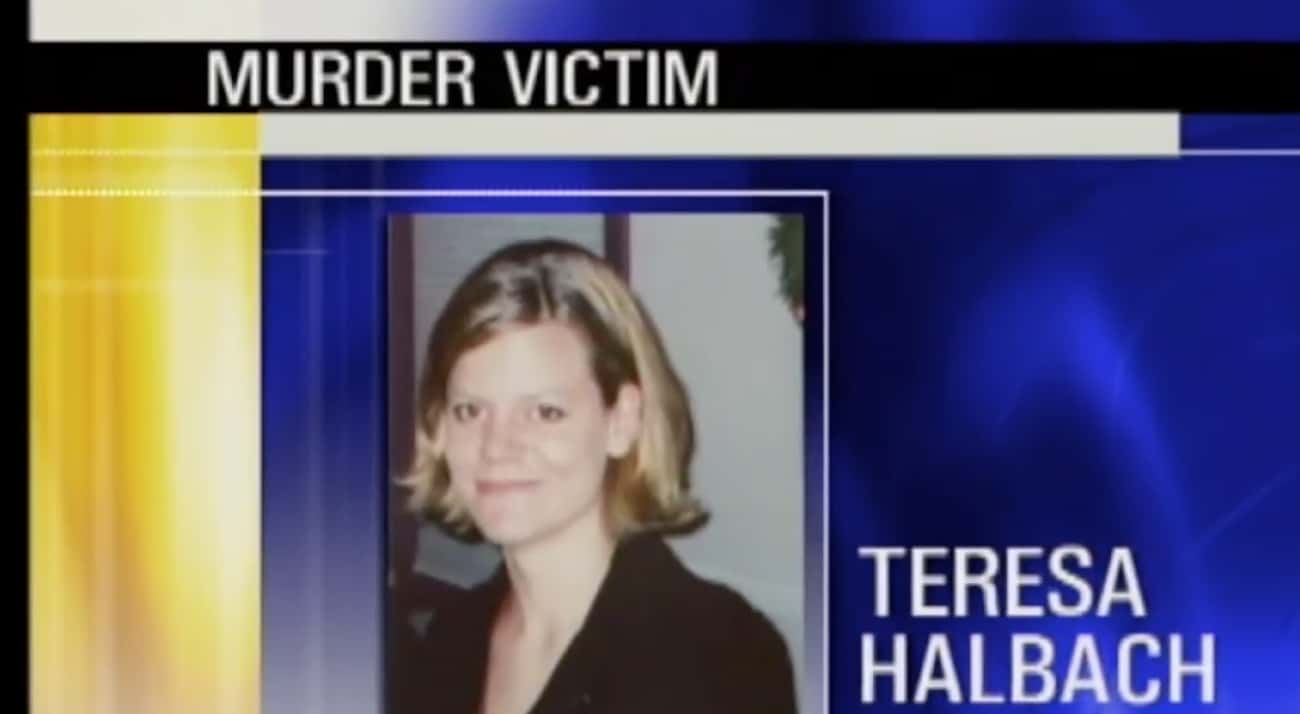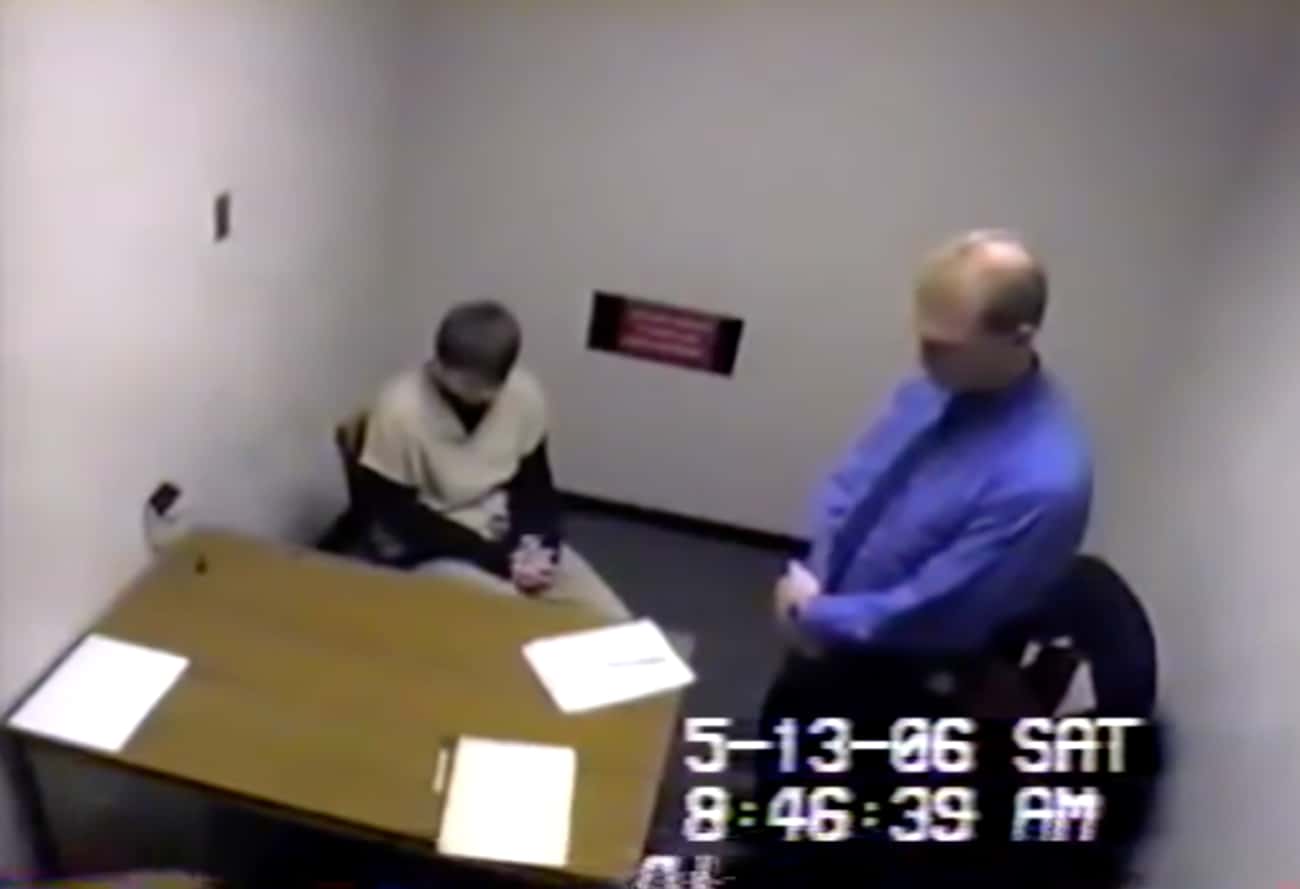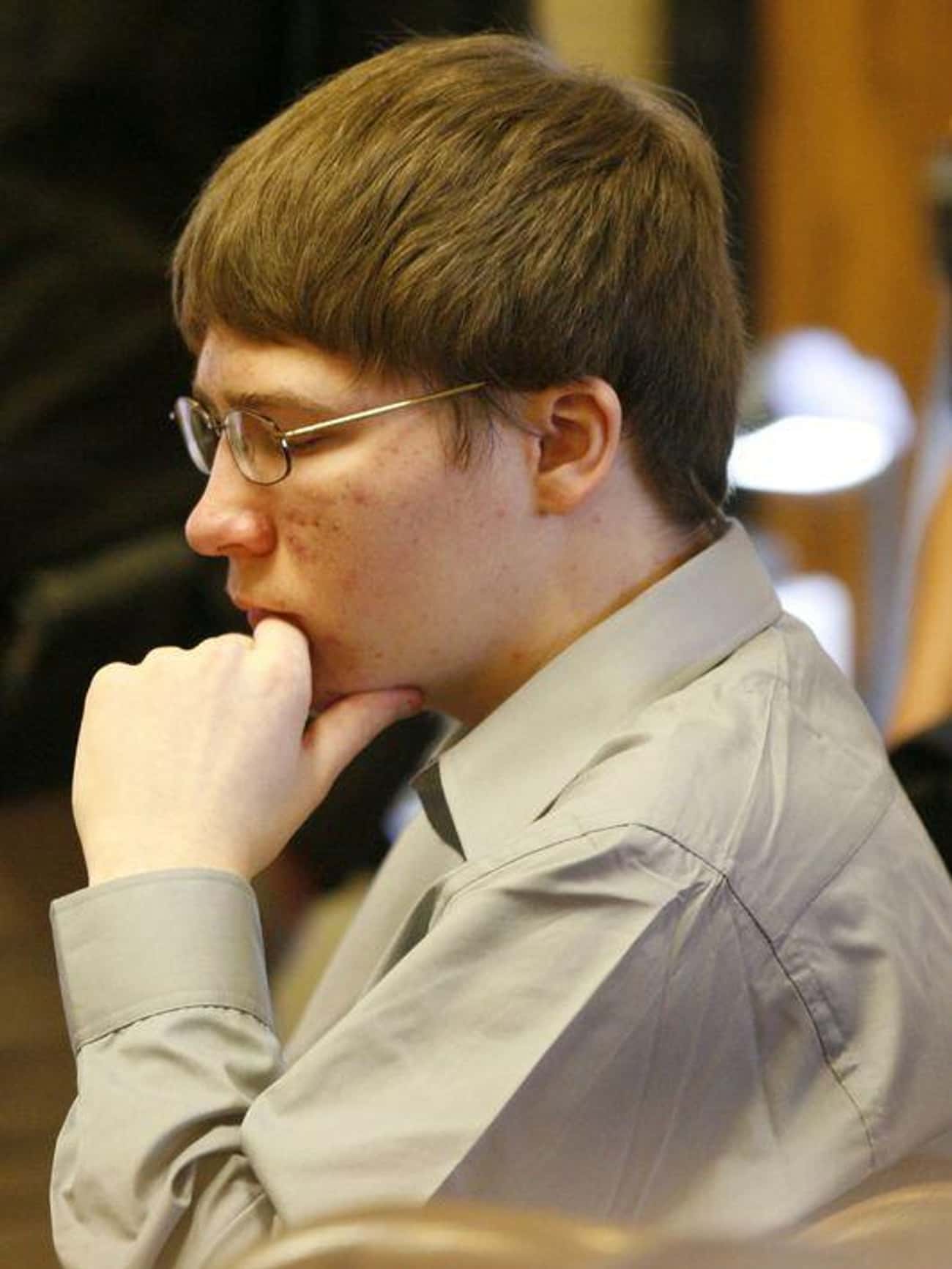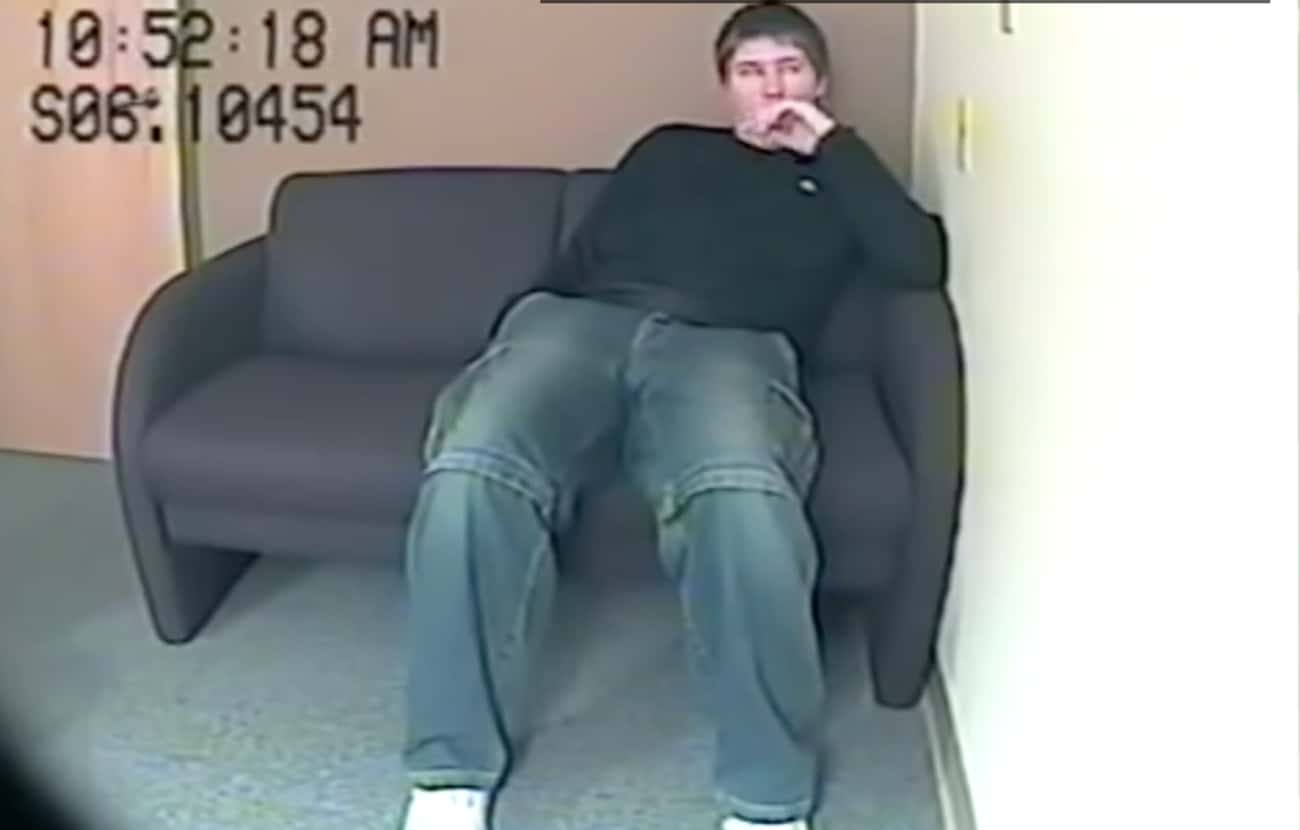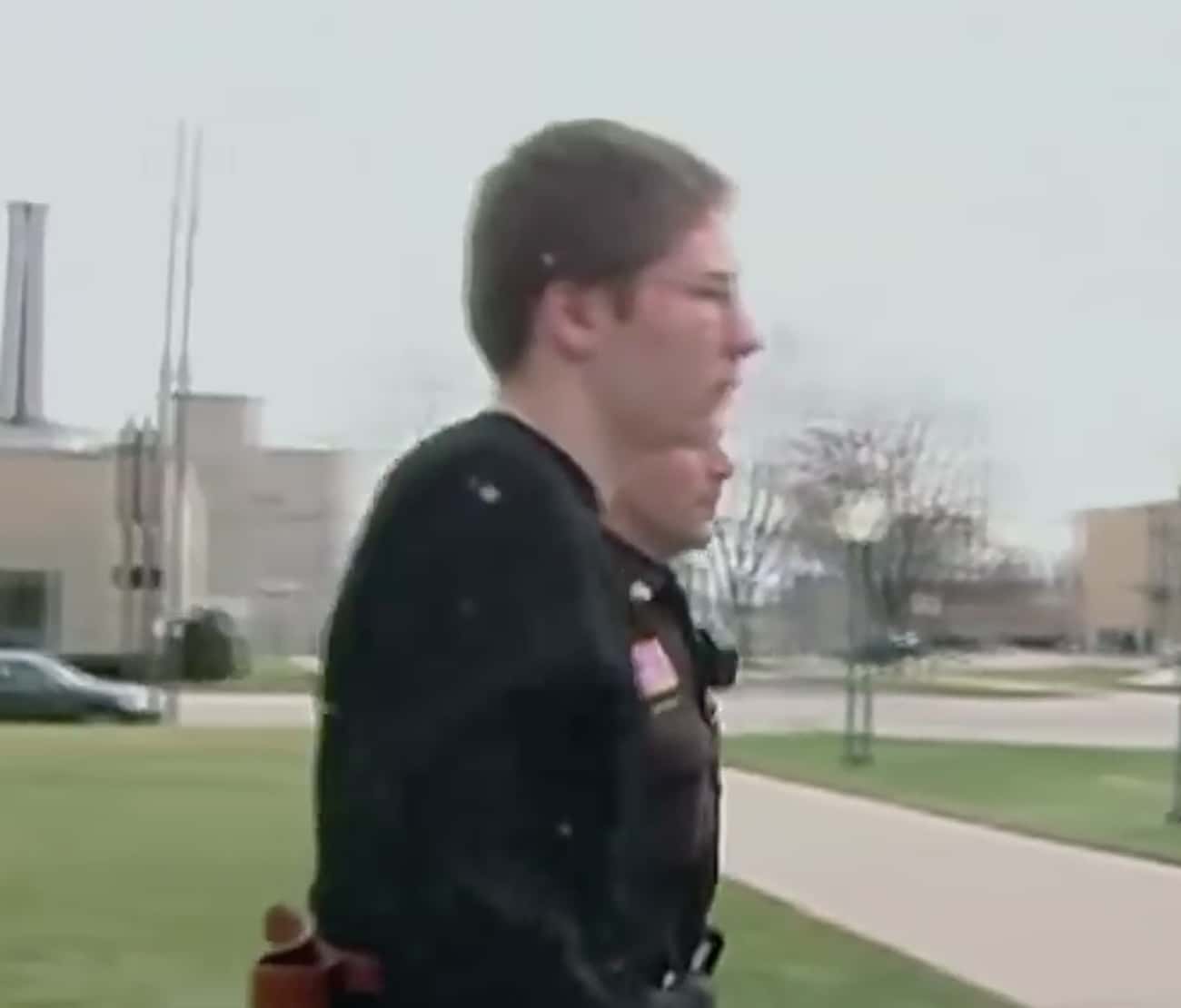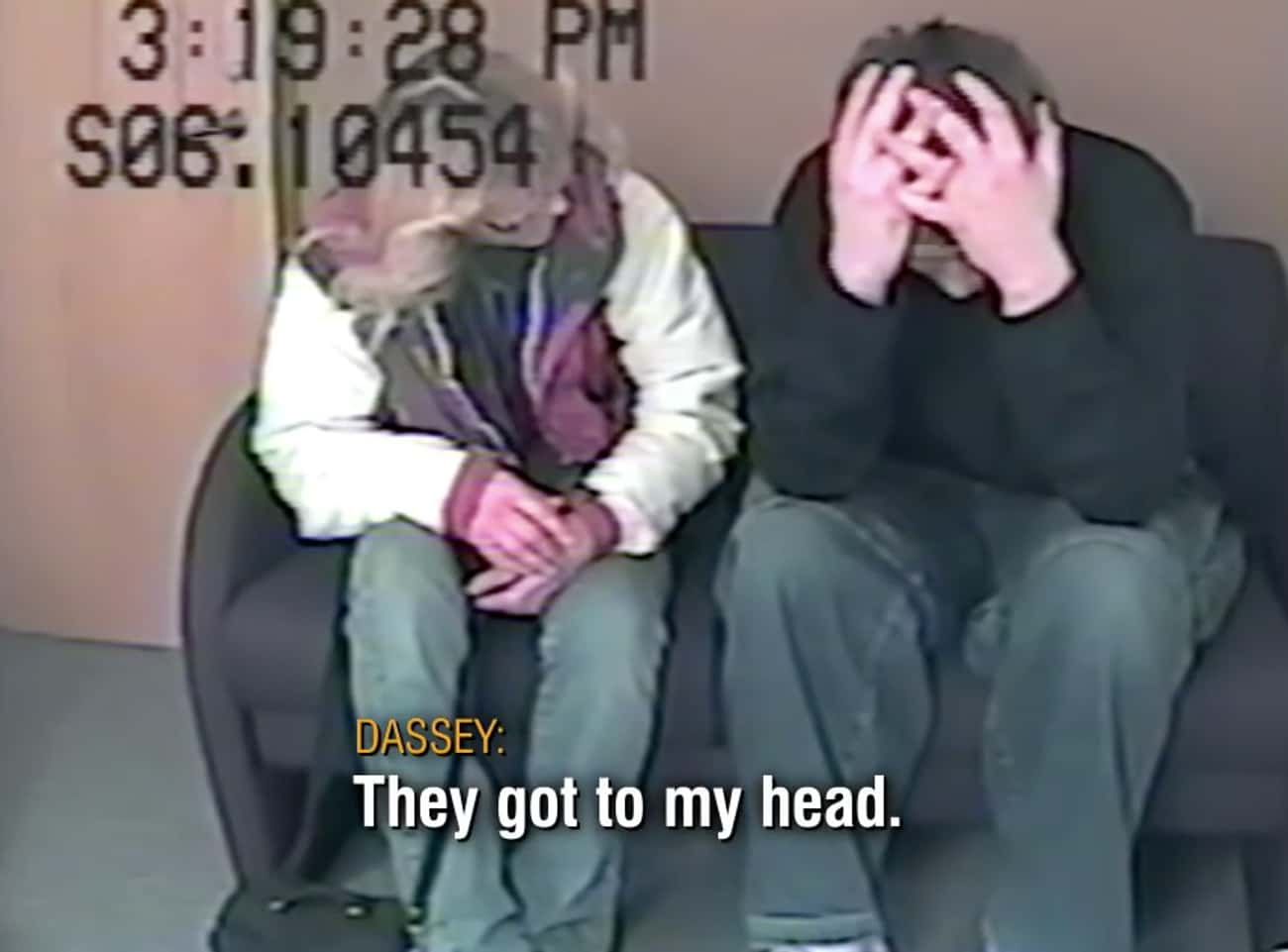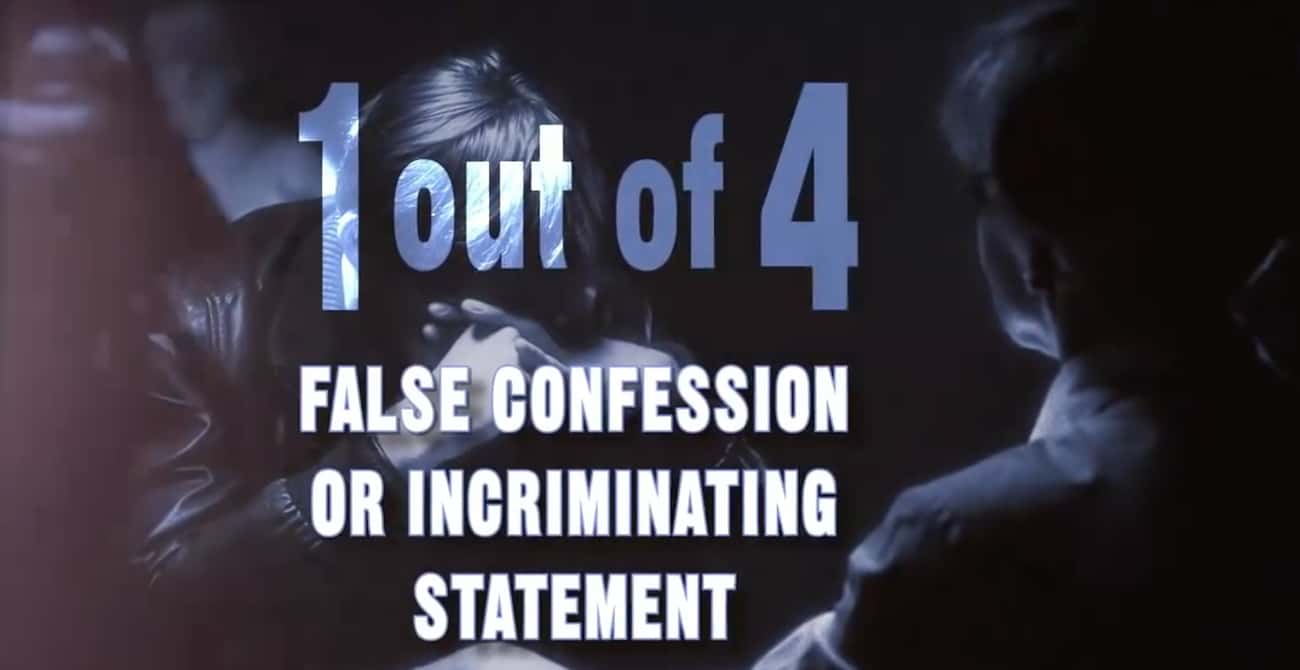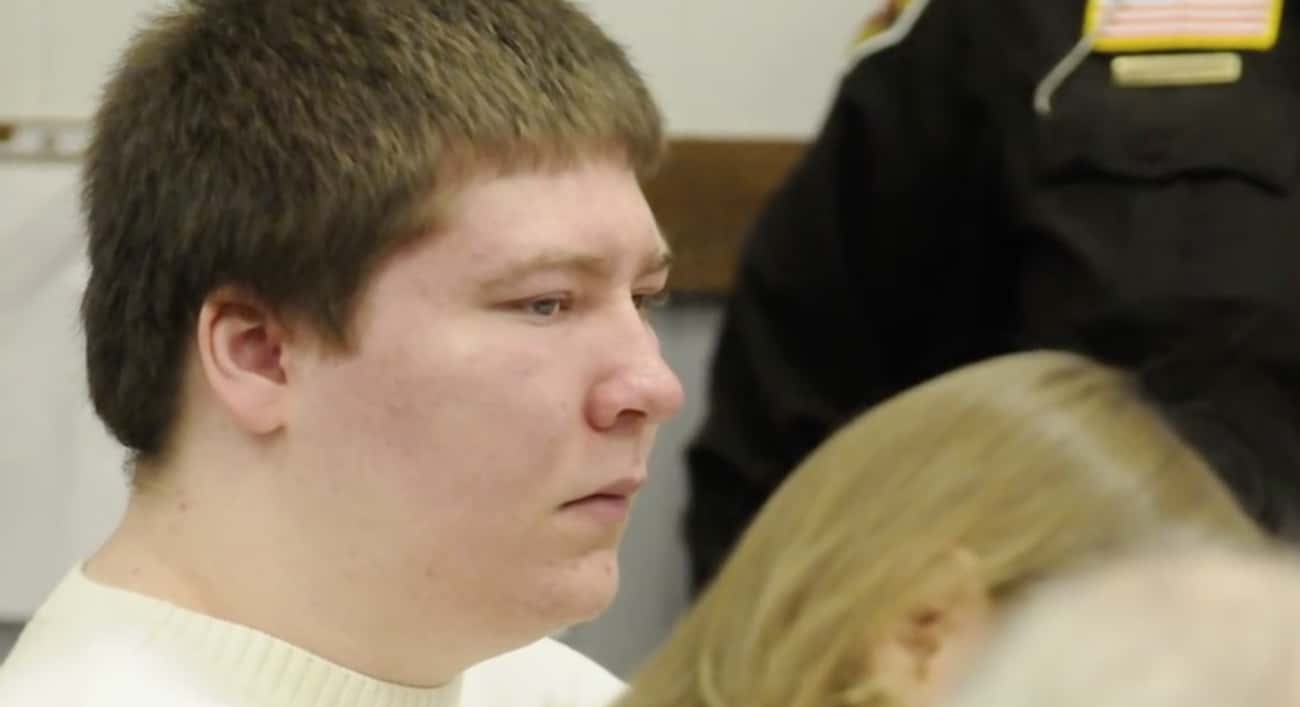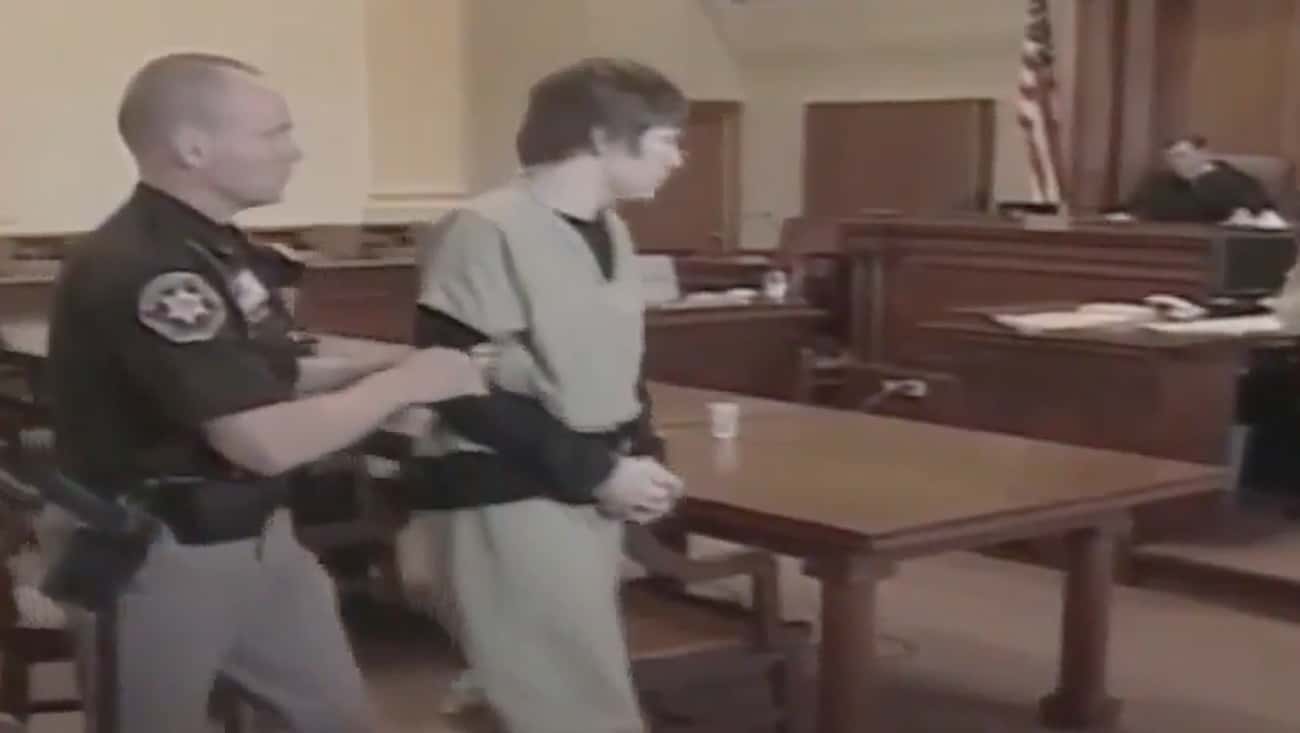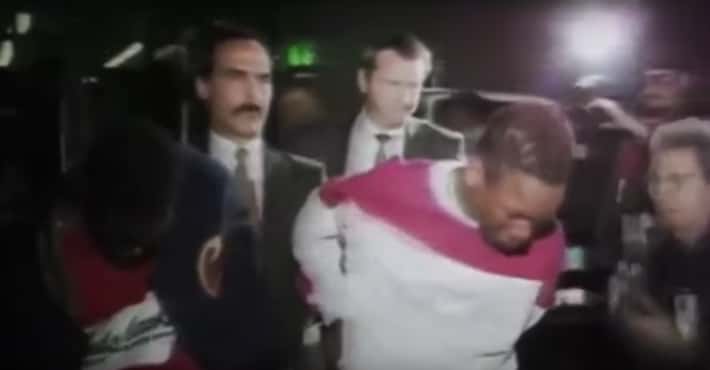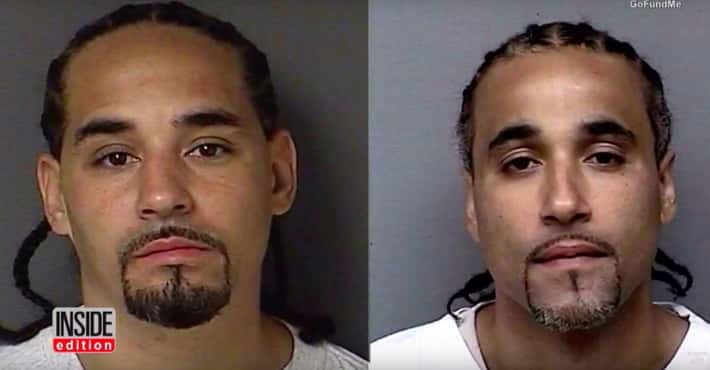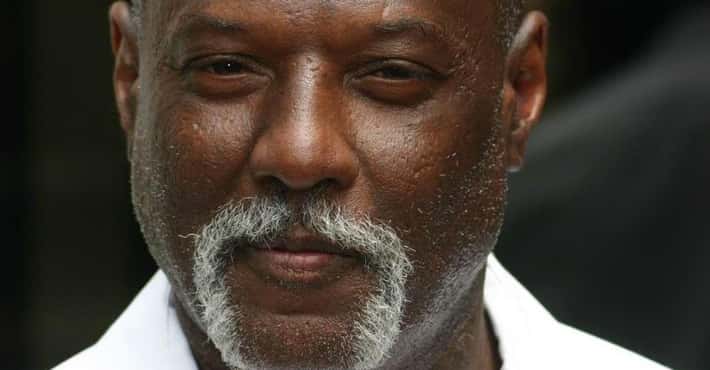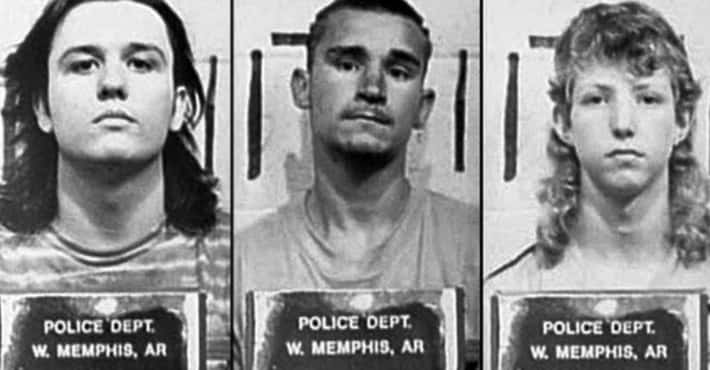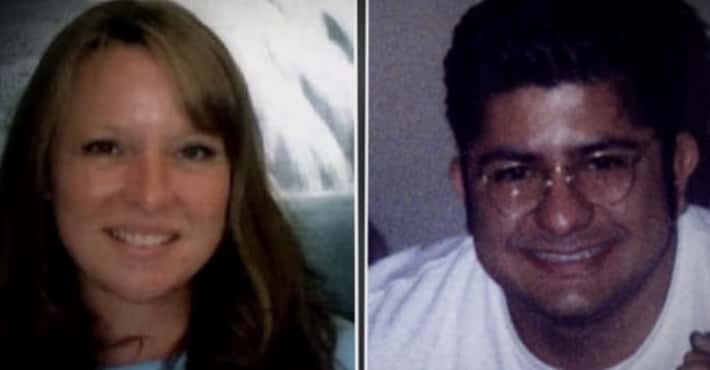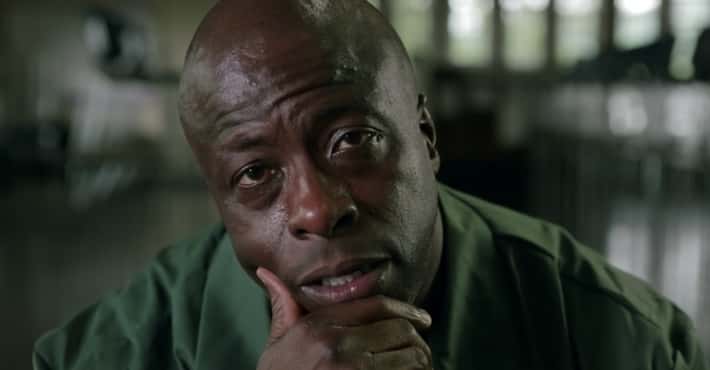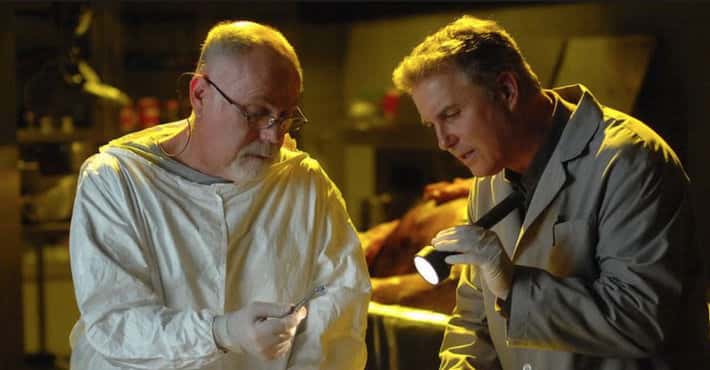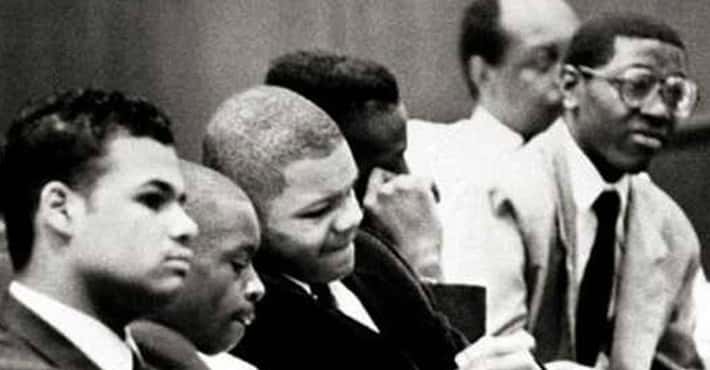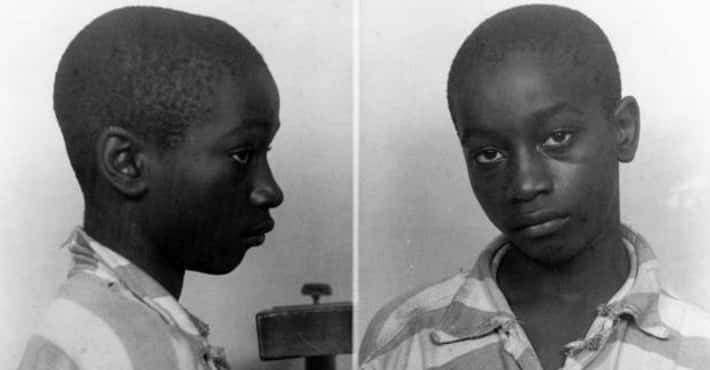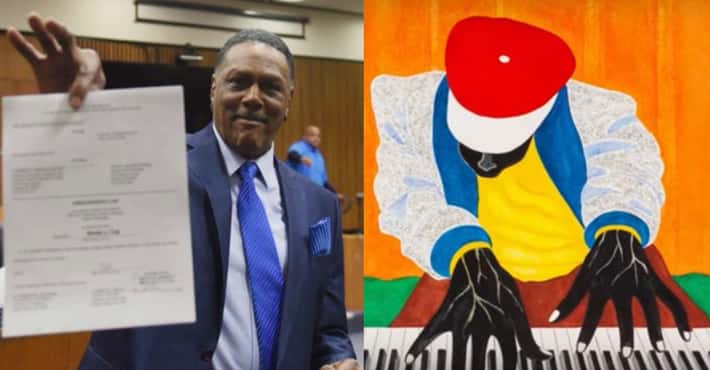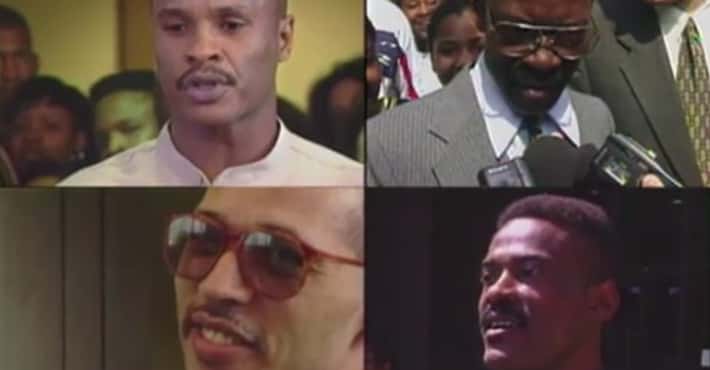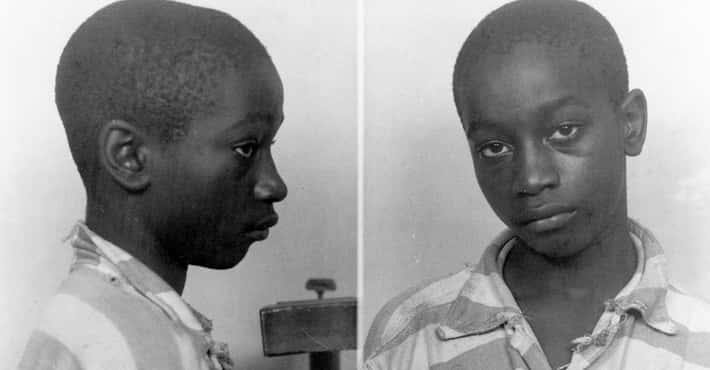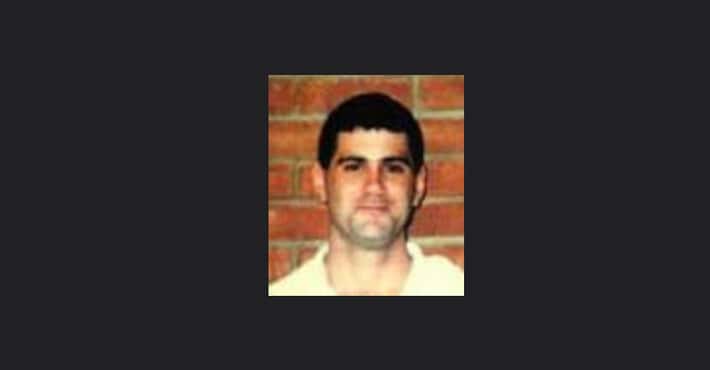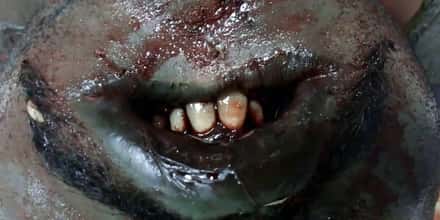Was This Teen's Confession Coerced - And Should He Have To Serve Jail Time Because Of It?
The Making A Murderer Series Helped Renew Concern Surrounding The Case
Though Dassey's original conviction was in 2007, Netflix's hit series Making A Murderer rekindled interest and controversy in this complicated case.
Avid fans of the show grew into amateur sleuths as they followed the twists and turns of the case through the show's retelling. The show re-examined aspects regarding evidence held against Avery, as well as painting Dassey as a hapless, quiet, none-too-bright young boy seemingly incapable of understanding the ramifications of his sudden confession.
Viewers formed their own opinions regarding the case, and at one point, a petition for a presidential pardon was even created, to free both Avery and Dassey for wrongful conviction, which was turned down.
In September 2018, Netflix announced a followup season to the wildly popular series. In 10 episodes, Netflix plans on providing "an in-depth look at the high-stakes post-conviction process, exploring the emotional toll the process takes on all involved."
Just a few months after the streaming service announced a revival for the show, evidence resurfaced that could unravel the case against Avery. Remains found in a shallow hole near the Avery property were kept from testing. If the remains match Halbach, it "undermines the prosecution's theory that she was killed on the Avery property" according to Avery's Lawyer, Kathleen Zellner.
Brendan Dassey Confessed To Raping, Stabbing, And Helping To Dispose Of Teresa Halbach's Body
In case you've been living under a rock, or avoiding the gruesome details of high profile crime cases, the original crime the Wisconsin resident Dassey "confessed" to involved the murder of 25-year-old photographer Teresa Halbach. Encouraged by his uncle, Steven Avery (who was also convicted), Dassey confessed that he partook in the raping, stabbing, and eventual dumping and burning of the body on the family's auto salvage lot.
Before Dassey's confession, nearly all evidence in the case pointed towards Avery. Avery has his own troubled past with the law, having infamously served 18 years out of a 32-year-sentence when he was wrongly convicted of the brutal assault of a jogger only to be exonerated nearly two decades later by updated DNA technology. Once a free man, he proceeded to file a law suit against the county for $36 million.
In 2005, after she'd been reported missing by her parents, police found Halbach's car on Avery's property (where Dassey also lived), and the following search turned up her charred remains on the land, as well as her personal belongings. A controversial trial ensued, and four months later, Brendan Dassey confessed to helping with the crime. The two were convicted separately, and sentenced to life in prison.
Dassey Underwent Grueling Interrogations Without A Parent Or Lawyer Present
Perhaps the most glaring concern regarding Dassey's confession is the fact that the police interrogated him entirely alone. He had no lawyer or parent present, despite the fact that he was only 16 years old.
Overall, the interviews, which are videotaped and can be viewed on Youtube, come to over eight hours of footage. Eight hours of a solitary teenage boy getting grilled aggressively by multiple police officers. In the videos, one sees a young, shy boy who seems nervous and awkward as he hesitantly recounts the events, often replying, "I guess."
One of his strongest defenders and attorney, Laura Nirider commented, “The moment I watched that tape, I wanted to jump into that TV screen and get between that child and the officers who were interrogating him."
To be interrogated without representation is often bad news for any suspect, but many think this to be the precise situation that enabled law enforcement to coerce Dassey into giving the confession that they wanted to hear.
Dassey Had A Low I.Q. And Was Enrolled In Special Education Classes
Photo: Tracy Symonds-Keogh / Wikimedia CommonsAnother key element in the possible coercion of the then-teenage Dassey is the fact that he has a below average I.Q., placed somewhere between 69-73 points on the intelligence quotient scale. In general, a score of 70 is used as the cutoff mark for intellectual disability.
All of this was known prior to the confession, as Dassey was placed in special education classes at his local high school. It was with this knowledge that police proceeded in interrogating him alone, despite the fact that he was likely nowhere near mentally equipped to fully grasp the implications and scope of what was being asked of him.
The Tactics Used Against Dassey May Have Violated Core Principles Of Interrogation
Experts in false confessions criticize what is known as the Reid Technique, the style of interrogation that was used on the 16-year-old Dassey.
Steven Drizin is the co-founder of Northwestern University's Center for Wrongful Convictions of Youth, and said, "the interrogation tactics used by detectives violated core principles of the Reid technique."
The Reid Technique is an exhaustive, nine-step process in which a suspect is interviewed prior to interrogation, in order for the authorities to determine whether an interrogation is justified. Allegedly, the technique wears down suspects until eventually, confession is often easier than battling accusations.
Not only would this be taxing on a mentally limited teenager, but videos of the interview show that the police officers steered away from general Reid protocol, and fed Dassey specific information, eventually even asking him outright who shot Halbach in the head.
This setting of the scene and feeding of facts makes it very easy for suspects to inadvertently agree with a story that has been designed by the authorities, and is not necessarily the truth.
His Life Sentence Is Based On Circumstantial Evidence
All of the forensic evidence involved in the case, be it the DNA, the bullets, the car, or the fingerprints, was associated entirely with Steven Avery. Dassey's conviction is based solely on this controversial confession, made after a grueling series of interrogations.
As Mark Fremgen, the lawyer who later represented Dassey said, "All of that was the Steven Avery case... so [Dassey’s] case was purely a circumstantial evidence case."
Dassey's entire life came down to what he said in those rooms, on those tapes. Yet he received the same sentence as his uncle, whose blood and sweat and fingerprints placed him physically at the crime.
Dassey Later Recanted His Confession, Said Police "Got To His Head"
During trial in 2007, Dassey chose to recant his confession, claiming that he had been pushed into confessing to a crime he didn't commit. When asked why he made up the confession, he continually responded, "I don't know," and hardly displayed any emotion. He went on to explain that he'd gotten the idea from a book called, Kiss the Girls, which he claimed to have read three or four years ago.
In conversations with his mother after the first interrogation session, Dassey remarked that they "got to his head." Part of his overturned conviction was due to the fact that, during interrogations, investigators said, "he would not be punished if he admitted participating in the offenses" and that "he had nothing to worry about."
Turns Out, Innocent People Do Sometimes Confess To Crimes They Didn't Commit
Those who believe in Dassey's culpability often harp on this question: why would he confess if he wasn't guilty? Why make up such a detailed story?
The answer is, it is not unheard of for innocent people to confess to crimes they did not commit. For example, take the case of Juan Rivera, who was convicted of rape and murder three times in 1992, despite DNA evidence excluding him. He served 20 years in prison, until the state of Illinois finally overturned his conviction.
His attorneys eventually accused police of coercing him into falsely confessing. Authorities interrogated him repetitively over the course of four days and allegedly "took advantage of his low IQ, his difficulty with English and a psychological breakdown he suffered while in custody." Sound familiar?
Juveniles Have A Higher Rate Of False Confessions Than Adults
The Innocence Project, founded in 1992, is an organization devoted to exonerating those who are "wrongly convicted through DNA testing and reforms the criminal justice system to prevent future injustice." According to their data, out of 225 wrongful-conviction cases that were eventually cleared by DNA evidence, 23% were based on false confessions. Comparably, in a study on juvenile cases, out of 340 exonerations, 42% involved false confessions.
In a study conducted by The Psych Report on false confessions involving minors, they found that teens and children being interrogated are often "falling prey to high-pressure, manipulative, and deceptive interrogation techniques more often because they have less sophisticated reasoning abilities and are more susceptible to social influence."
Brendan Dassey fits into these categories, as well as the added handicap of his low I.Q., making him, according to these studies, a prime candidate for a false confession, a widely-held opinion given the fact that there was even an attempt to overturn his conviction.
Why Did Manitowoc County Need Another Suspect So Badly?
Photo: WISN 12 News / YoutubeIt was no secret that Steven Avery had a rocky past with the law, having served 18 years for a wrongfully convicted rape/assault case. In 2003, Avery filed a $36 million civil law case against Manitowoc County, its former sheriff, and former district attorney for the wrongful conviction and imprisonment... the same county in which he was convicted for murdering Halbach. Needless to say, relations between Avery and local authorities were poor at best.
At many points, filmmakers behind Making A Murderer helped to cast doubt on the evidence used to convict both Avery and Dassey. They point out several incidents in which it appears as though there were slight holes in the investigators' protocol, be it laziness or more glaring offenses, like the suggestion that Manitowoc County planted evidence at the crime scene to incriminate Avery. (Such as showing off the vial of Avery's blood that had been tampered with, from Avery's 1985 wrongful conviction case).
Long before the Netflix series, tension was building between Avery and the authorities regarding the investigation - that is until, four months in, Dassey made his damning confession, which conveniently, confirmed Avery's presence and execution of accused events.
It's clear from the videos that the interrogations led against Dassey were aggressive and swift in clinching his confession; but was this part of a larger plan to ensure Avery's conviction?


